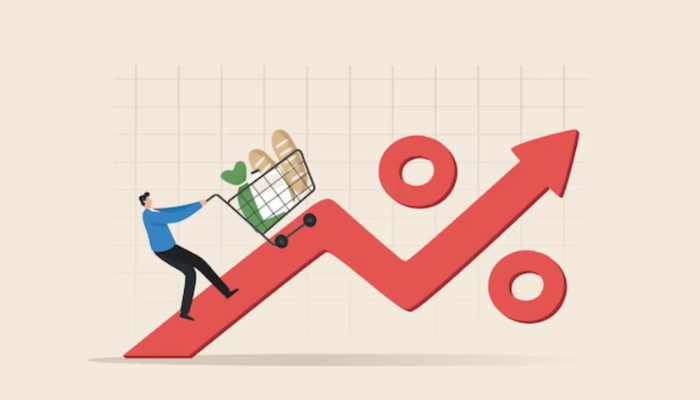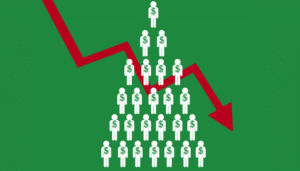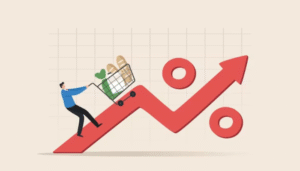
The topic of charalabush price has surged in online interest, especially among niche collectors, artisans, and nature product enthusiasts. Whether you’re curious about charalabush for its medicinal properties, artistic value, or market profitability, understanding its price dynamics in 2025 is key to making informed decisions.
In this article, we dive deep into the world of charalabush pricing, uncovering what drives its cost, regional differences, seasonal fluctuations, and more. From historical trends to expert buying tips, this comprehensive guide is tailored to help you navigate the growing charalabush market with confidence and insight.
What Is Charalabush and Why Does It Matter?
Charalabush is a rare and exotic botanical substance often used in traditional healing, artisanal crafts, and sometimes even high-end culinary experiences. Its reputation for scarcity and multi-use functionality has led to increased demand in recent years. Often harvested in remote or ecologically sensitive areas, charalabush is valued not only for its properties but also for the labor-intensive methods used in sourcing and preparation.
The price of charalabush reflects more than just its rarity. Factors such as ecological impact, sustainable harvesting, cultural significance, and export regulations all contribute to its market value. Understanding what charalabush is and why it matters is the first step in making sense of its fluctuating price across different regions and use cases.
Current Charalabush Price Trends (2025 Update)
As of mid-2025, the charalabush price has experienced a notable upswing. This rise can be attributed to increased awareness, demand from health and wellness industries, and limited harvesting permits. Prices currently range from $150 to $450 per kilogram, depending on grade, purity, and sourcing location. Premium, ethically harvested batches have seen spikes up to $600/kg on niche markets and collector platforms.
Seasonal availability is also a major price influencer. During harvest season (typically late spring to early summer), prices dip slightly due to increased supply. However, in off-season months, limited stock drives prices higher. Experts recommend bulk buying during harvest to save costs and ensure availability year-round.
Key Factors That Influence the Charalabush Price
Several elements directly impact the cost of Charalabush Price. First, harvest location plays a significant role. Charalabush from remote mountain ranges or protected forests is often more expensive due to transportation, labor, and environmental protection fees. Second, quality grading—based on moisture content, color, and purity—can cause wide price variations. Higher-quality grades command premium rates.
Another critical factor is market demand, which fluctuates based on cultural festivals, health trends, and even celebrity endorsements. As awareness grows, so does demand—especially in countries like Japan, Canada, and Germany. Lastly, import/export tariffs and regulations can create price disparities across countries, affecting international buyers significantly more than local ones.
Where to Buy Charalabush and What to Look For
You can purchase Charalabush Price through specialized herbal suppliers, organic markets, or online retailers catering to rare botanicals. When shopping online, make sure to verify seller credibility through reviews, certifications, and transparent sourcing practices. Avoid platforms that lack clear product origins or offer prices that seem too good to be true—they often are.
Always look for lab testing results if you’re purchasing for medicinal or culinary purposes. These tests ensure that the charalabush is free from harmful contaminants like heavy metals or pesticides. Packaging should also be a consideration; vacuum-sealed or amber-glass containers help preserve freshness and quality during shipping. Finally, ask vendors about sustainable practices and ethical harvesting to ensure you’re supporting eco-friendly trade.
Future Outlook: Will Charalabush Prices Keep Rising?
Market analysts and botanical traders predict a steady rise in charalabush price over the next 3–5 years. The increase will likely be gradual but consistent, spurred by limited supply chains and growing global interest. As more consumers seek natural alternatives to synthetic products, the pressure on the charalabush supply chain is expected to intensify.
However, some optimism lies in sustainable farming initiatives that aim to cultivate charalabush in controlled environments. If these projects scale successfully, they could balance supply and demand, helping stabilize prices. Until then, prospective buyers should consider investing early or partnering with reliable suppliers to lock in current rates and avoid future scarcity.
Conclusion
Understanding the charalabush price in 2025 means more than just checking a number—it’s about appreciating the story behind the product, from forest floor to finished form. With factors ranging from ecological impact to market trends, the charalabush economy is both complex and fascinating. Whether you’re a collector, health enthusiast, or retailer, staying informed is your best investment in navigating this unique market.
With the potential for rising demand and limited supply, smart buyers will act now, securing quality charalabush from trustworthy sources and staying ahead of future price shifts.
FAQs About Charalabush Price
1. What is the average charalabush price in 2025?
The average price ranges from $150 to $450 per kilogram, depending on quality and source.
2. Why is charalabush so expensive?
Its rarity, labor-intensive harvesting, and high demand contribute to its premium price.
3. When is the best time to buy charalabush?
Late spring to early summer, during harvest season, offers better availability and slightly lower prices.
4. Are there fake charalabush products in the market?
Yes, due to high value, counterfeit products exist. Always verify authenticity through lab tests and seller transparency.
5. Can I import charalabush internationally?
Yes, but import regulations vary. Some countries require special permits or phytosanitary certificates.
6. Does the price vary by region?
Absolutely. Local prices in sourcing countries are often lower than international retail rates due to tariffs and shipping.
7. Is sustainably harvested charalabush more expensive?
Typically, yes—but it ensures ethical sourcing and higher quality.
8. What is the shelf life of charalabush?
Properly stored charalabush can last up to 2 years without significant degradation.
9. Can charalabush be cultivated commercially?
Currently, only limited cultivation exists. Most products are still wild-harvested, affecting scalability and price.
10. Where can I find trusted charalabush sellers online?
Look for certified botanical retailers with transparent sourcing and customer reviews. Avoid platforms lacking product traceability.






